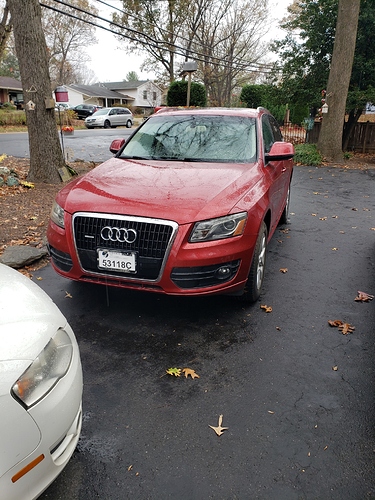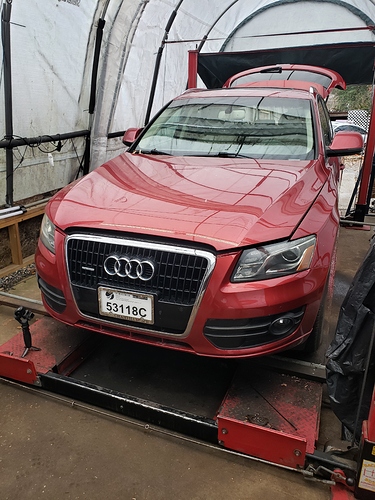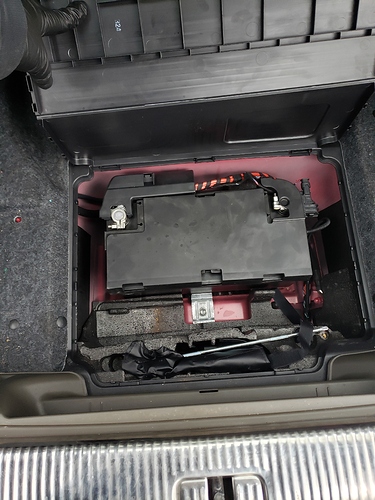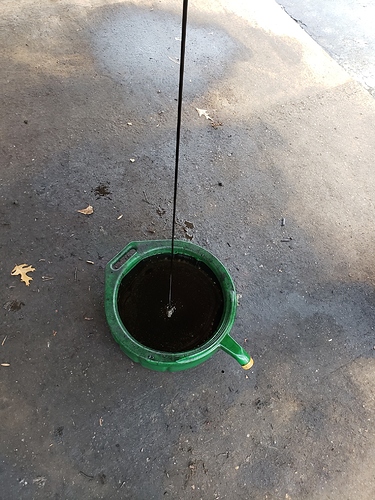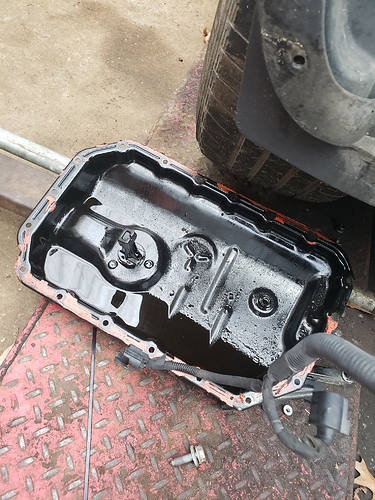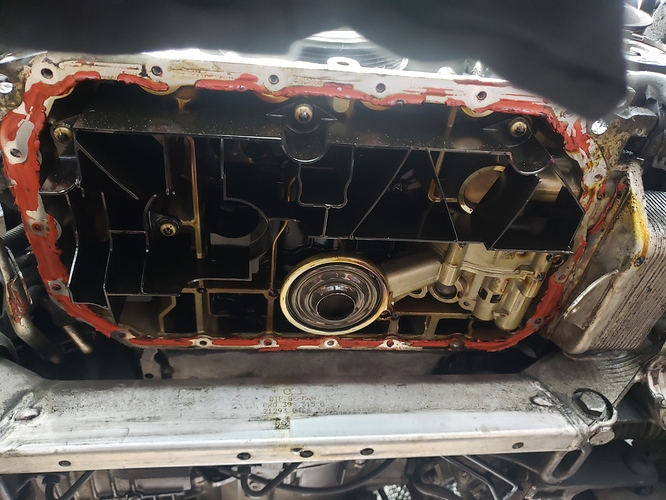I have that SSP as well and had to pass the assessment for technical training back in 2010. Imo it is one of the better SSPs.
The good news is that the block is similar enough between the two engines. That different hardware is the big E-Torx bolts that hold the lower crankshaft girdle/bedplate with the lower main bearing shells. If I have to go in and check out the piston ring gap at some point I will consider upgrading the hardware.
The camshafts are not the same between the 3.0T and the 3.2. In the SSP it actually states “The chain drive is identical design to that of the 3.2l FSI engine. Differences are the modified valve timing and the absence of the exhaust camshaft adjusters.”
Modified valve timing is imo engineer speak for different camshaft duration. From past experience with the very old 2.8 liter V6 and the 2.7T V6 in the B5/C5 cars, the NA 2.8 liter V6 had more camshaft duration to try to help the NA engine make more power. Some of the 2.7T guys actually run 2.8 heads and cams on their 2.7T engines to make more base engine power before boost multiplies that power. It was a while ago but I remember a B8 S4 3.0T guy on Audizine actually decided to run the intake cams from a 2006 A6 3.2 V6 in his 3.0T to make more power at a lower boost pressure. He might have said that the exhaust cams were the same but I need to confirm that.
An added bonus is that the 3.2 FSI V6 has variable exhaust camshaft timing too as the 3.0T does not.
I will keep you posted. Thanks again.

